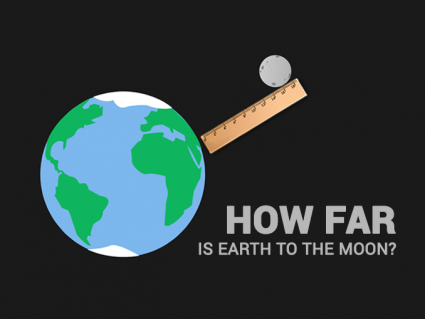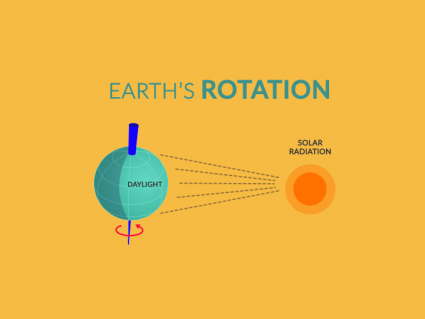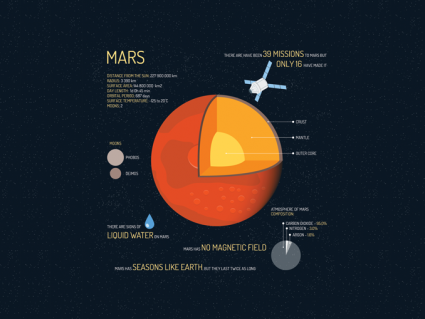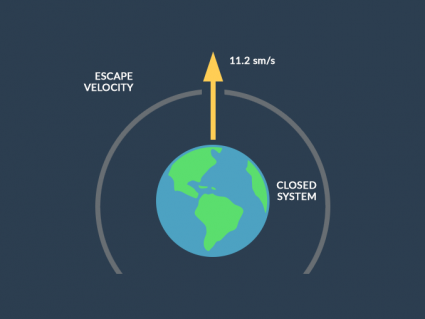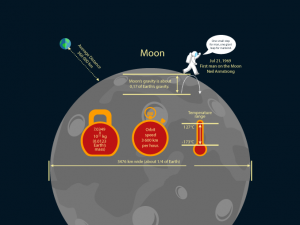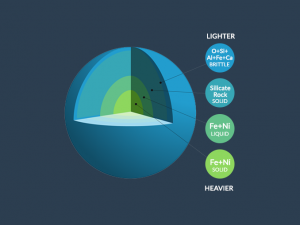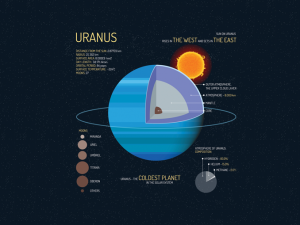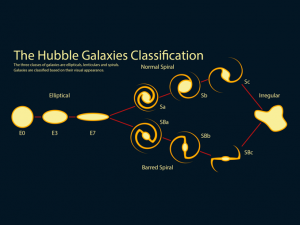What’s the Difference Between Meteors, Meteorites and Meteoroids?

Meteoroids vs meteorites vs meteors
What’s the difference between meteors, meteoroids, and meteorites? It turns out that it’s all about their location:
- Meteoroids are far up in the sky.
- Meteorites have already landed on Earth.
- Meteors are falling down to Earth streaking light when they break down in the atmosphere.
So, they start as a meteoroid in the sky. Then, they fall like a meteor flashing light. Next, when it lands on Earth, we call it a meteorite.
1. What is a meteoroid?
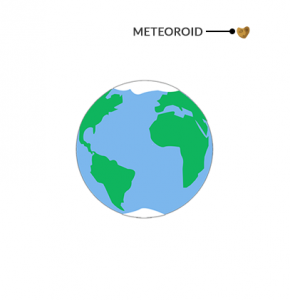
Meteoroids are stony or metallic debris that travels through outer space – some directed to Earth. Meteoroids are smaller than asteroids and contain less water and ice than comets.
In terms of location, meteoroids are way out in our solar system. They aren’t in Earth’s atmosphere and they haven’t
Because meteoroids are in the solar system, they can interfere with spacecraft operations. This is why NASA’s Meteoroid Environment Office (MEO) considers the risk of meteoroids beyond Earth’s orbit.
“It’s a meteoroid until it starts plunging into Earth’s atmosphere. At this point where meteoroids enter the atmosphere, they become meteors or “shooting stars”.”
2. What is a meteor?

When you observe a meteor shower in the sky, these are meteors burning up in Earth’s atmosphere. During a meteor shower, we often call meteors “shooting stars”.
Meteors flash light through the sky because of Earth’s atmosphere. Specifically, meteors break due to friction in our mesosphere. They often leave a trail behind them in the direction they are traveling in.
After all, meteor showers are among the most beautiful sites we can observe in our night sky. Most meteors never make it to the Earth and break down in the atmosphere. Specifically, they break down in the mesosphere. But the ones that reach the ground, we call “meteorites”.
“Have you ever seen a shooting star or a streak of light at night? If so, this may not have been a star at all. Instead, you witnessed a meteor burning up in the Earth’s atmosphere.”
3. What is a meteorite?
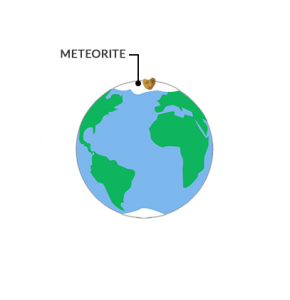
Meteorites are something that we all can see because they are the ones that crash down to Earth. For example, the Barringer Crater in Arizona is an old artifact from a stony meteorite. Stony meteors like this one are the most abundant. We know this from all the meteorites that we count in the ice of Antarctica.
When you look at the moon, you can see all the impacts of meteors. Back in its primeval days, Earth had the same number of meteor impacts. So why can we see so many meteors on the moon but not on Earth?
One of the key differences is how much water we have on Earth. Because the Earth is mostly water, we don’t see a lot of the meteorites that reach the Earth. But how about ones that crash on land? Over the years, weathering, erosion, and mass wasting have erased many craters, mountains, and terrain on Earth.
“Meteorites make it all the way down to Earth. These artifacts land on Earth originating from the cosmos”
Meteoroids vs meteorites vs meteors
The Earth is constantly bombarded by incoming space rocks or meteors. These small bits of rock travel through the atmosphere, burning up and causing a pretty spectacular light show.
Meteoroids are small objects in space, often remnants of comets or asteroids, that enter Earth’s atmosphere and produce visible streaks of light called meteors; if they survive the journey and land on Earth’s surface, they are referred to as meteorites.
If you have any questions or comments, please do not hesitate to let us know what’s on your mind. We would love to hear from you.

